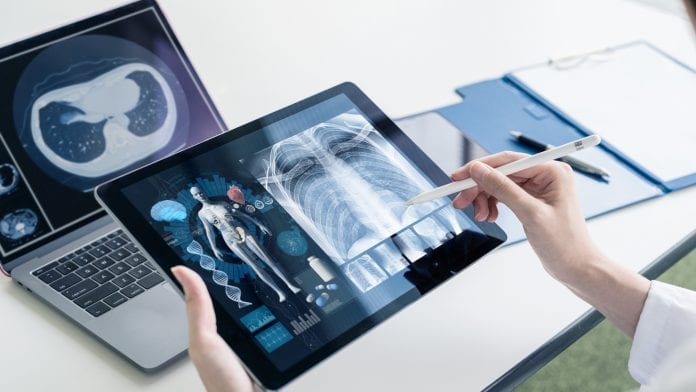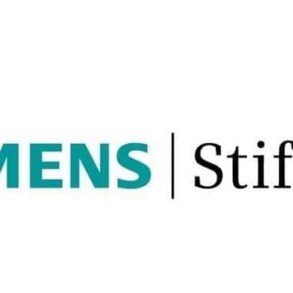Mobile health technologies are a viable option in monitoring COVID-19 patients at home, and to predict who will need medical intervention, according to new research.
An international task force has conducted research that has revealed that mobile health technologies, such as wearable sensors, electronic patient-reported data, and digital contact tracing, can help with monitoring COVID-19 patients at home, and could also be used to monitor and predict coronavirus exposure in people presumed to be free of infection, providing information that could help prioritize diagnostic testing.
The 60-member panel, with members from the University of Massachusetts, Amherst, Australia, Germany, Ireland, Italy, Switzerland, and the US, was led by Harvard Medical School associate professor Paolo Bonato, director of the Motion Analysis Lab at Spaulding Rehabilitation Hospital in Boston. The research study, ‘Can mHealth Technology Help Mitigate the Effects of the COVID 19 Pandemic?’ has been published in the IEEE Open Journal of Engineering in Medicine and Biology.
Applying technology to COVID-19 care
The study found that smartphone applications that allow patients to self-report, along with wearable sensors enabling physiological data collection, could be used to monitor clinical workers and detect early signs of an outbreak in hospital or healthcare settings.
Within the community, early detection of COVID-19 cases could be achieved by building on research that showed it is possible to predict influenza-like illness rates, as well as COVID-19 epidemic trends, by using wearable sensors to capture heart rate and sleep duration, among other data.
Bonato said: “To be able to activate a diverse group of experts with such a singular focus speaks to the commitment the entire research and science community has in addressing this pandemic. Our goal is to quickly get important findings into the hands of the clinical community, so we continue to build effective interventions.”
Taskforce members Lee and Rahman, inventors of mobile health sensors themselves, reviewed 27 commercially available remote monitoring technologies that could be immediately used in clinical practices to help patients and frontline healthcare workers monitor symptoms of COVID-19.
Lee said: “We carefully investigated whether the technologies could ‘monitor’ a number of obvious indicators and symptoms of COVID-19 and whether any clearance or certification from health authorities was needed.
“We considered ease of use and integration flexibility with existing hospital electronic systems. Then we identified 12 examples of technologies that could potentially be used to monitor patients and healthcare workers.”
Bonato noted that additional research will help expand the understanding of how best to use and develop the technologies. “The better data and tracking we can collect using mHealth technologies can help public health experts understand the scope and spread of this virus and, most importantly, hopefully, help more people get the care they need earlier.”
The paper concludes, ‘When combined with diagnostic and immune status testing, mHealth technology could be a valuable tool to help mitigate, if not prevent, the next surge of COVID-19 cases.’

